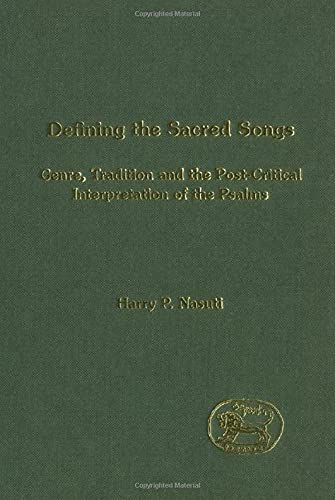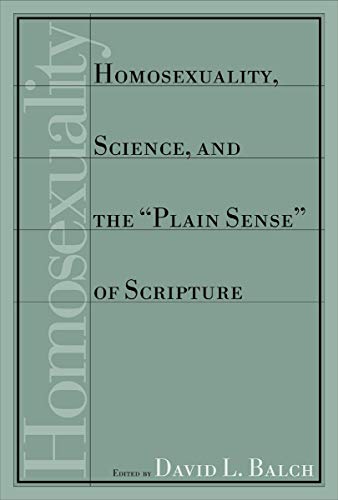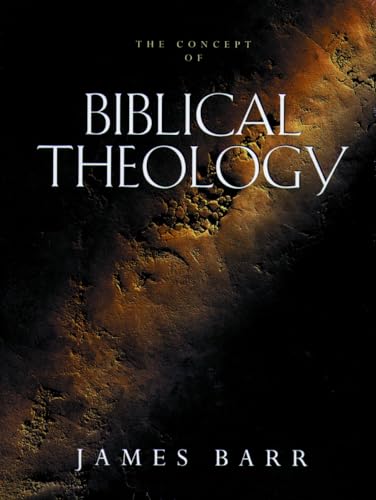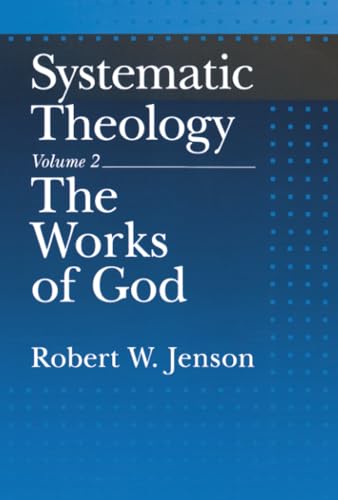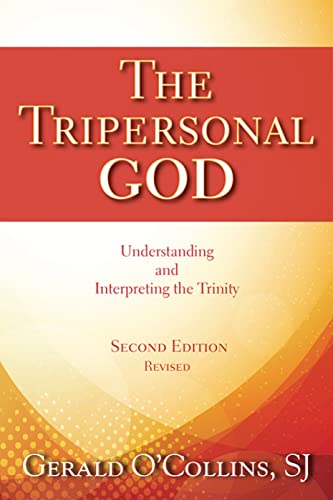Defining the Sacred Songs: Genre, Tradition and the Post-Critical Interpretation of the Psalms, (JSOTSup. 218)
Written by Harry P. Nasuti Reviewed By Mark J. BodaHarry Nasuti’s recent publication provides not only a helpful overview of recent trends in Psalms research, but also a laboratory for observing recent shifts in hermeneutics. Using the category of genre, he traces how biblical scholarship has used the definition of the psalms to interpret the psalms not only as individual compositions, but also more recently as an overall collection.
Nasuti introduces us to the modern study of genre through the towering figure of Gunkel who grouped the psalms using literary and sociological categories (basic literary elements, basic setting in the life of the people). He notes, however, that the more recent efforts of Westermann and Brueggemann reveal a shift to more universal and theological categorisations of the psalms, a trend discernible in genre analysis prior to Gunkel. This shift to a pre-Gunkel approach to the psalms highlights an important point about the history of genre analysis: changes in theological understanding result in changes in genre groupings. This key observation informs and undergirds the remainder of the book. For Nasuti, genre analysis is a perspectival exercise, a way of describing the reality of the text from the perspective of a particular individual or community. He does provide some constraints on this exercise: canon (set books), tradition (history of interpretation), and community (present interpretive community).
In the latter half of the book, Nasuti focuses more attention on recent canonical approaches to the Psalms. First, in these David has re-emerged as the key for the interpretation of the Psalms, not because he wrote the psalms, but that he is presented as the ideal author in canon. This connection to David shapes the reading of the psalms, providing insights into the function of the psalms in the lives of present day readers. Secondly, Nasuti traces recent study of the Psalter as a collection, those studies which Investigate the message of the Psalms as a completed book. Since such research relies heavily on genre analysis which is perspectival in nature, Nasuti concludes that assessments of the final shape of the Psalter do not unearth the intention of the collection, but rather are ‘proper to our own time’ (199).
Nasuti’s book is a helpful introduction to many new trends in the study of the Psalms, but is also a superb testimony to the hermeneutical shifts within biblical studies over the past few decades. His exploration of genre highlights its function within the lives of individuals and communities of faith: it is not only expressive (through them we express our situation), but also creative (through them a world is created) and transformative/sacramental (through them one inhabits the newly created world).
But there is a worrisome trend in Nasuti’s work. Hermeneutical suspicion becomes hermeneutical despair as he catalogues variety in genre definition throughout the history of interpretation. His embrace of the post-critical hermeneutical agenda loosens the text from its historical moorings, and, although he offers some safeguards for interpretation (canon, tradition, community), in the end these only encourage educated creativity in the reader.
Mark J. Boda
McMaster Divinity College, McMaster University


